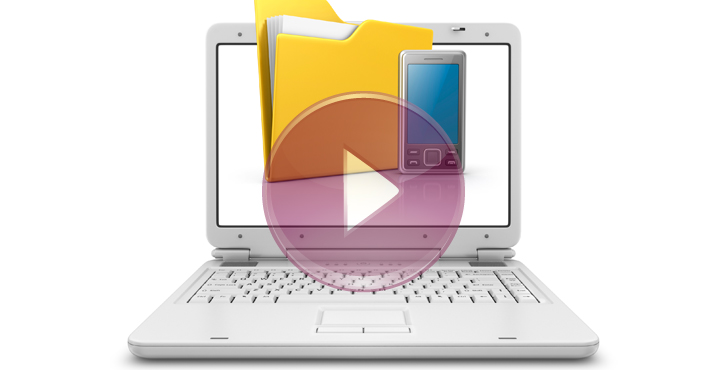
How to manage paper and electronic records in the hybrid environment
Of all the challenges that records managers face, the hybrid records environment is probably the biggest of all. In military terms it’s a bit like fighting a war on two fronts. More and more records are starting to take the form of electronic documents, and at the same time, the volume of paper records is rising every year – with no let up in sight.
With the reality of the hybrid environment upon us, records managers are under increased pressure to find a seamless solution to manage both kinds of records, often without extra budget to do so.
What’s the solution?
While the hybrid environment may be a relatively new challenge, the solution to hybrid records isn’t a new one. The secret is to apply tried-and-true records management best practices within this new reality.
To help you do that, TAB identified five best practices to help you manage the hybrid environment:
- Avoid an “either-or” approach to identifying files. As always, a record is a record is a record – regardless of the format it takes. In the hybrid world, every file may exist in both paper and electronic formats. Recognizing this multi-format reality is the key first step to properly managing the hybrid environment.
- Establish universal controls over the entire lifecycle of a record, regardless of format. These controls include a records classification scheme, a retention schedule, indexing structures, and centralized storage (including both physical storage and electronic). Universal controls help you avoid the trap of having one approach for paper records and another for electronic records.
- Identify the official record. In the hybrid environment, you should expect that multiple copies of a document may be circulating in multiple formats at any given time. In this situation it is critical that your records management program prescribes which document, in which format, will count as the official record. This lays the groundwork for the timely application of retention schedules and other management activities.
- Purge non-records. Knowing which document constitutes the official record also makes it much easier to reduce overall document volumes. The reality of the hybrid environment is that document volumes are on the rise, so it’s essential to take regular steps to purge “convenience copies” and other unneeded documents.
- Consider conversion options carefully. In many jurisdictions, the law allows for imaged records to take the place of the original paper record. Many organizations are taking advantage of this to reduce paper volumes through document imaging programs. However, the law also provides very specific criteria under which imaged documents can become the official record. Before committing to an imaging program, it is important to ensure that you are certain about the status of newly-imaged documents.
Bringing it all together with RM software.
If these best practices are the foundation of a successful hybrid RM program, the mortar that hold it all together is records management software. RM software allows you to track and manage both types of records in a seamless workflow. However, not all RM software is created equal, so it is important to check that a potential RM software solution:
- Is media-independent, allowing you to manage hybrid records without any extra steps
- Allows you to link paper and electronic documents for true hybrid management
- Supports the application of classification schemes and retention schedules
- Provides security and access at appropriate levels for different user needs.
How are you managing the hybrid environment? Let us know in the comments below!
Next Steps
— Review our white paper solving the top 5 challenges of hybrid records management
— Reach out to a filing expert





